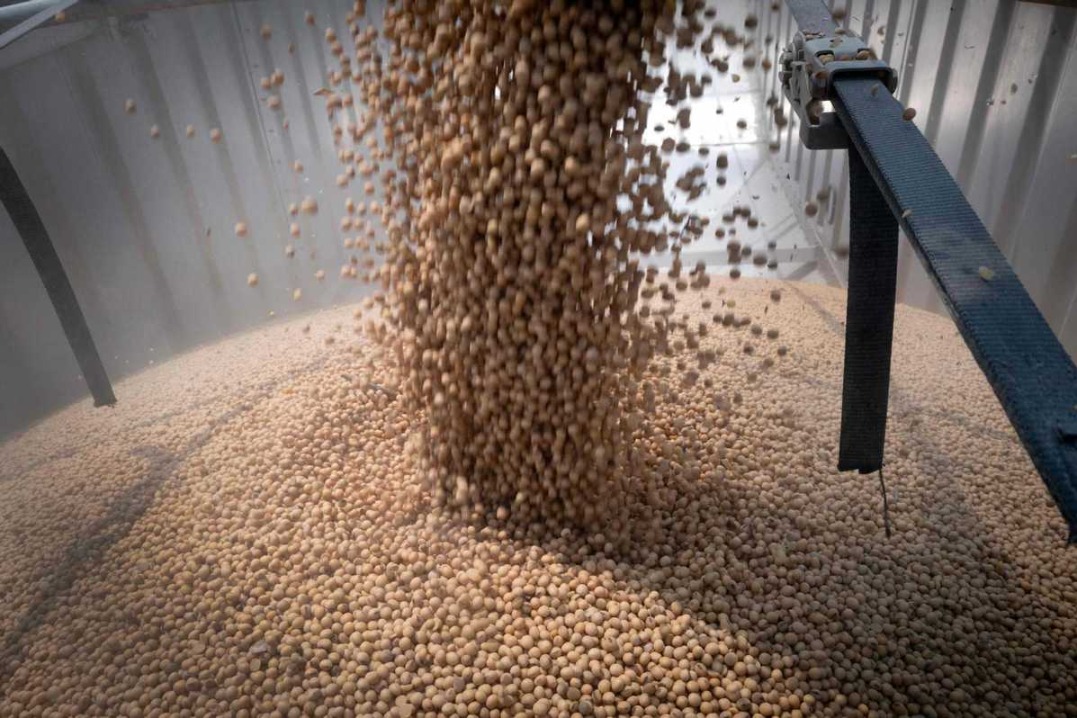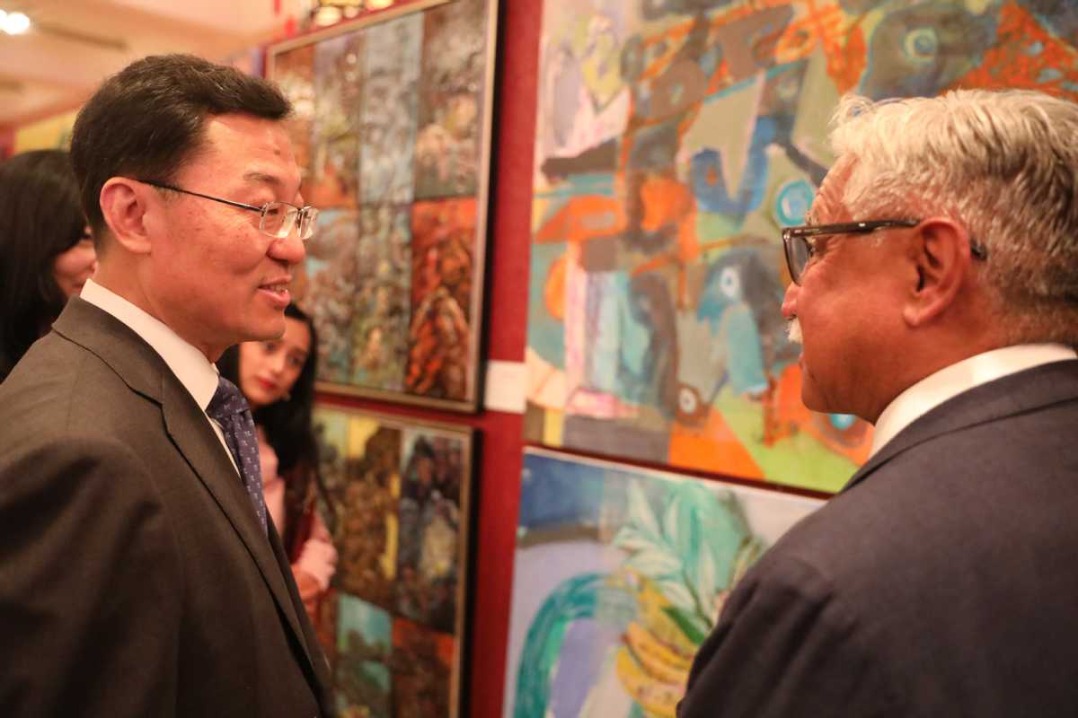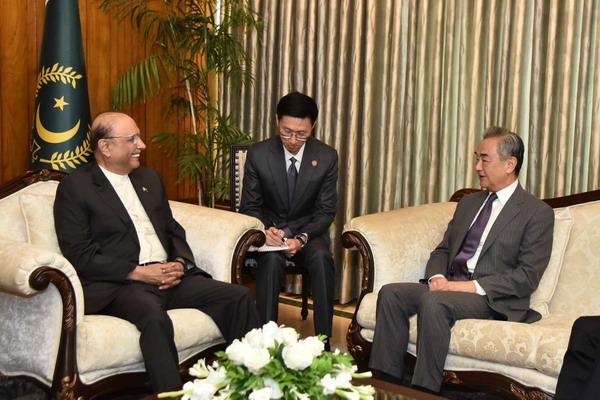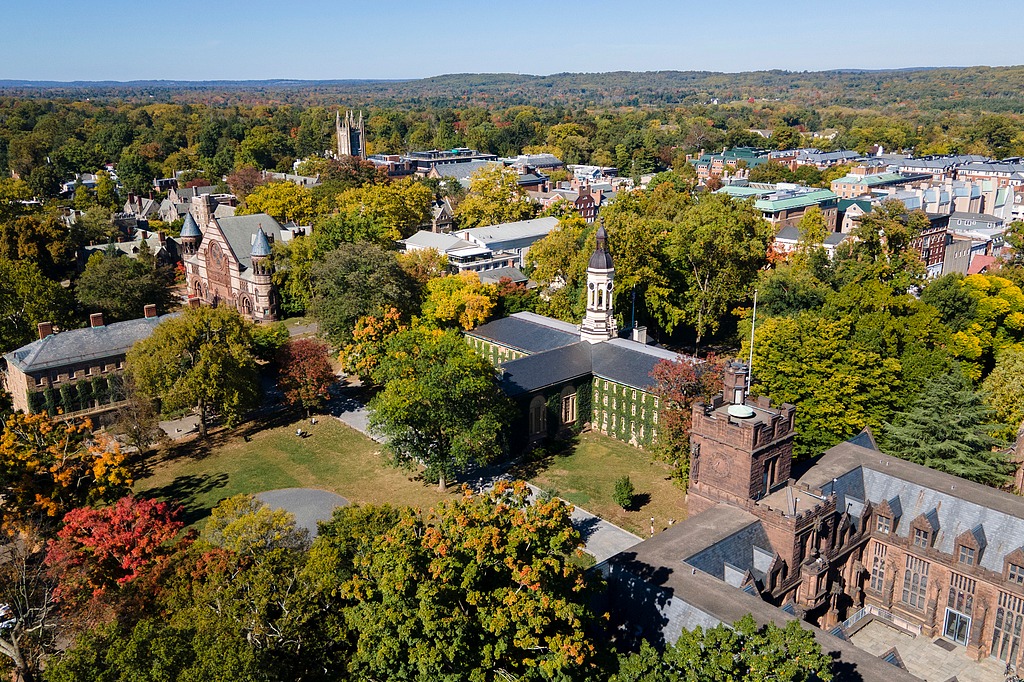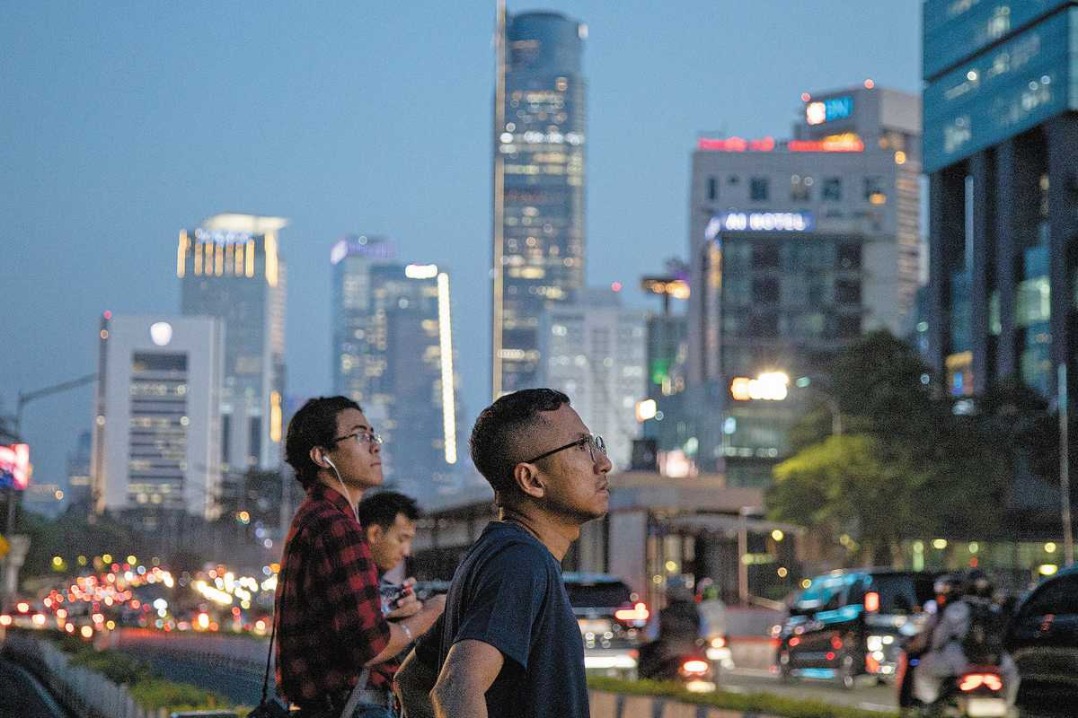At DC summit, hope and uncertainty weigh on soybean trade with China

"US soybean farmers are very appreciative of all of the past experience and partnerships that we've developed with China, especially when it comes to soybean trade," Janna Fritz, chair of the US Soybean Export Council and a sixth-generation farmer from Michigan, told China Daily on Thursday.
Fritz spoke the same day at Soy Connext 2025, a global summit hosted by the US Soybean Export Council from Aug 20 to 22 in Washington, DC. The event, in its fourth year, connects US soybean farmers, international buyers, food producers, feed industry representatives and industry leaders. USSEC, representing the soy supply chain, says on its website that the organization wants to use the event to lay out its vision for sustainable farming, showcase cutting-edge solutions, and ultimately bolster the standing of US soy in the global market. The sessions delve into a range of topics, from using lifecycle analysis in order to make production more sustainable, to outlining the latest advancements in supply chain technology. Another key focus is how to blend consumer trends with scientific practices in soy-based foods and oils. The US-China soybean trade was a frequently discussed topic at the event.
Bruno Colletti, lead market analyst for oilseeds, painted a grim picture in his speech. The US, the world's second-largest soybean producer after Brazil, faces a dire situation for the 2025-26 marketing year. As of mid-August, US committed sales are at 10.2 percent, the second-lowest in nearly 20 years, only behind 9.8 percent in 2019-20.
"I do not know what number it (exports to China) will end up with, but it is a major source of concern," Colletti said. "We still have time, but the clock is ticking."
China, which buys over 60 percent of soybeans exported globally, holds critical importance, according to Colletti. Its share of US exports dropped to 46.5 percent in 2024, after peaking at 62.4 percent in 2011. Colletti highlighted risks for this coming soybean harvest: weather impacting the harvest, trade timing, and pending US policies like renewable volume obligations and small refinery exemptions.
Escalating trade tensions under US President Donald Trump's second term have only made the situation worse. Retaliatory tariffs raised the duty rate on US soybeans to 34 percent, prompting China to shift toward Brazilian suppliers. As a result, China's imports of US soybeans fell 11.4 percent year-over-year as of this July, with zero new crop export orders for 2025-26. China accounted for 54 percent of US exports in 2023-24, valued at $13.2 billion. Its pivot has boosted stockpiles to an estimated 43.8 million metric tons by year's end, while US farmers face falling prices and South American competition.
Fritz, also an American Soybean Association director, emphasized the deep ties with China.
"We've partnered and mutually benefited from the growing relationships," she said. "It is a generational factor to look at the longevity of our family farm, in part due to the relationship that we have with China. And I would love that to continue. We appreciate the relationship that we've developed. We know that we're benefiting each other from the fact that we're providing high quality, reliable, sustainable US soy. And the Chinese people have accepted that product and used that product and appreciate that product. If we can continue those relationships, that would be ideal. It would benefit both of our countries very well continuing to go forward."
She also highlighted technological cooperation in an interview with China Daily, saying that US farmers' advancements produce better soybeans for China's population.
Having visited China three times, Fritz added, "Every time I do, I am encouraged by the beneficial relationship that we have with China. I love the culture. I've had great experiences every time I've visited. And I truly believe that we have a product that the Chinese people need and want."
USSEC CEO Jim Sutter praised Chinese partners and the long relationship between them and the US soy community. "Chinese customers are wonderful," he told China Daily. "We've been working there for 43 years, since 1982. I've had the chance to visit China many times. I know the companies there, the people who utilize US soy. They've got great industries, they've built up a big crushing industry, a big feed industry, livestock production, aquaculture production. So, they're very, very impressive."
Sutter expressed hope for renewed trade. "We look forward to getting back to where we can really be working together in mutually beneficial ways," he said.
"We're going to have a bountiful crop," he said to Chinese buyers through China Daily. "We've just heard presentations at our Soy Connext meeting talking about how the crop is looking very good. We heard presentations talking about the quality of the US crop. And we hope that Chinese buyers will very soon be making purchase contracts for US soy."
Commenting on a potential US-China trade deal, Sutter said, "I certainly think it will be reached this year, but I don't know exactly when".
"I think it could be very good if it were reached very soon. So I hope it will be reached soon," he said.
Zhang Xiaoping, USSEC's Greater China representative, emphasized mutual benefits. "Reaching a trade agreement is something that will make both China and the US win-win. And the will of both sides is very strong," he told China Daily, citing recent bilateral trade talks in Geneva, London and Stockholm.
He said he remains cautiously optimistic. "The agricultural trade between the two countries will not decouple, because the complementarity is too strong," Zhang said.
An anonymous Chinese buyer told China Daily about challenges, with the Chinese delegation shrinking to nine representatives from nearly 20 last year due to trade uncertainty and visa issues, with six members' US visa applications denied.
For the gathered farmers and exporters, recent events have made finding a solution more urgent than ever. On Aug 20, American Soybean Association President Caleb Ragland urged the White House to secure a deal removing duties and including significant soybean purchases.
"US soybean farmers can't survive a prolonged dispute with our largest customer," he said. "Soybean farmers are under extreme financial stress as prices drop and costs for inputs and equipment continue to climb."
The White House responded that the president "cares about farmers".
On Aug 11, Trump posted on Truth Social, encouraging China to quadruple soybean orders "to address its shortage and trade deficit". A 90-day tariff truce extension followed.
Fritz remains hopeful for a pre-harvest deal, pointing out that while some areas have begun harvesting, the bulk starts in September.
"I definitely believe, and it's been noted a few times here at this event, that we're very optimistic and hopeful that we can reach a deal with China specifically prior to our harvest," she said. Farmers may store soybeans or adjust crop rotations, she added, reflecting strategies to manage uncertainty. Despite US policy challenges, Fritz stressed unity in her speech, stating, "Unity is very important, for example, the unity of farmers and international buyers."
Zhang's belief that the two countries are deeply reliant on each other gives reason for optimism, suggesting that cooperation can continue in the long run, even as the clock ticks toward harvest.
















